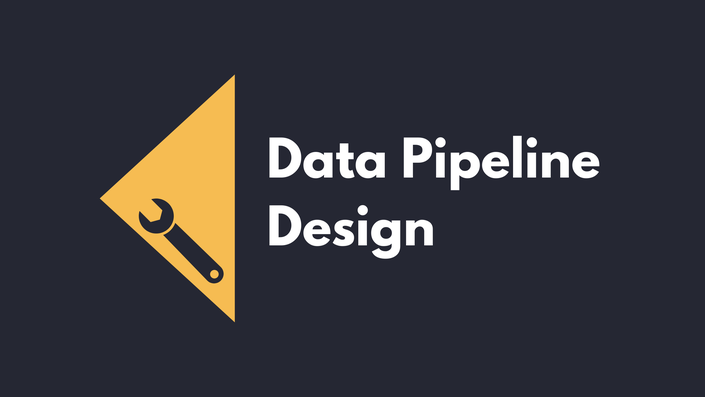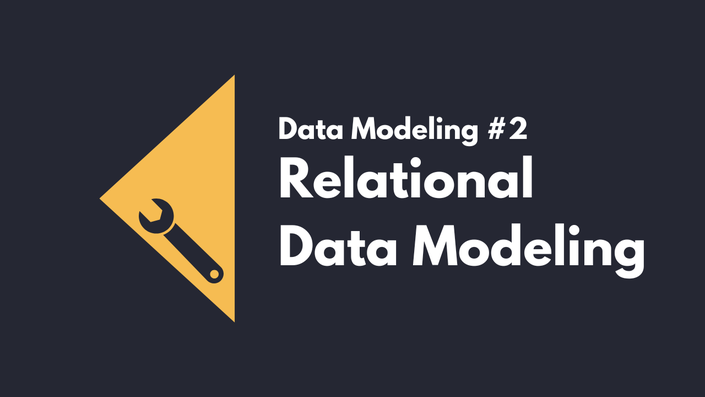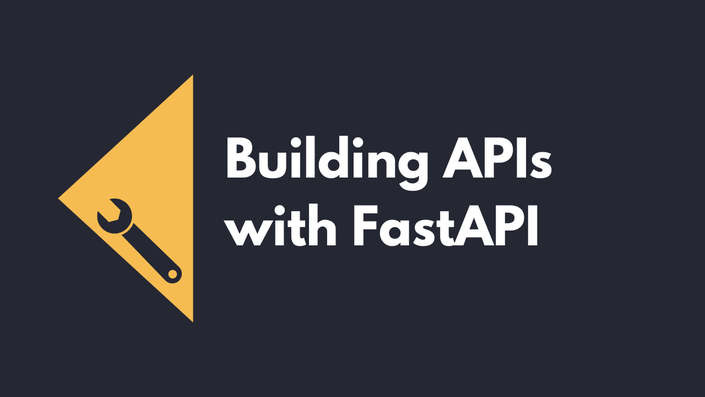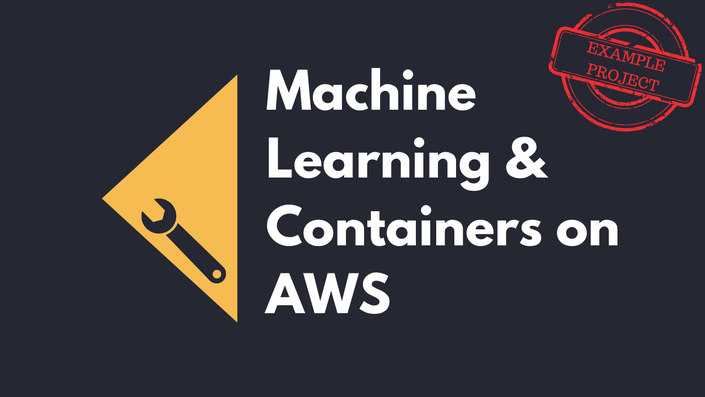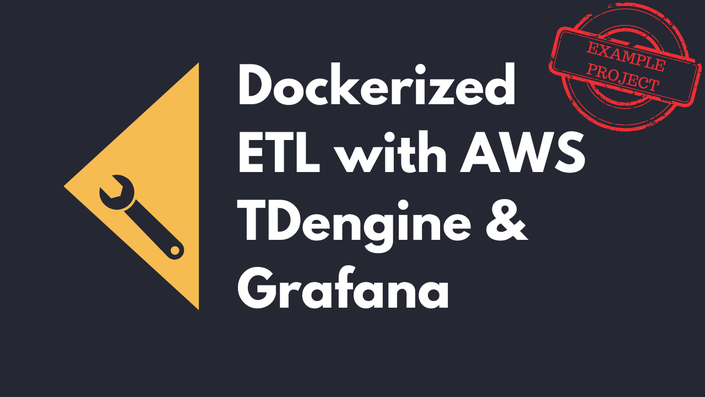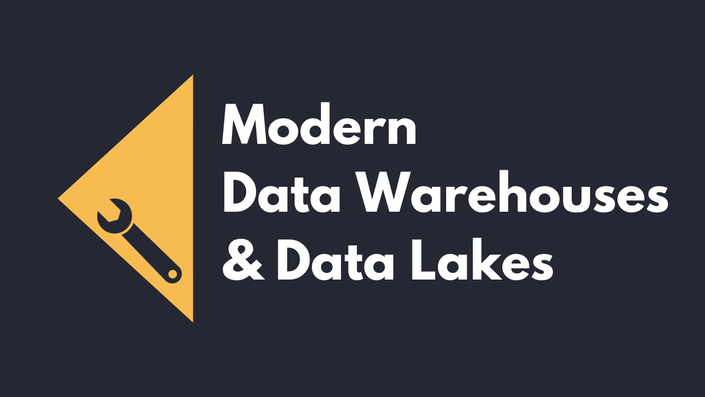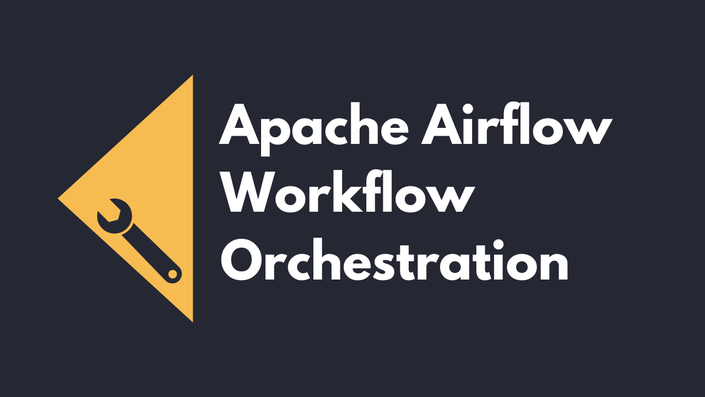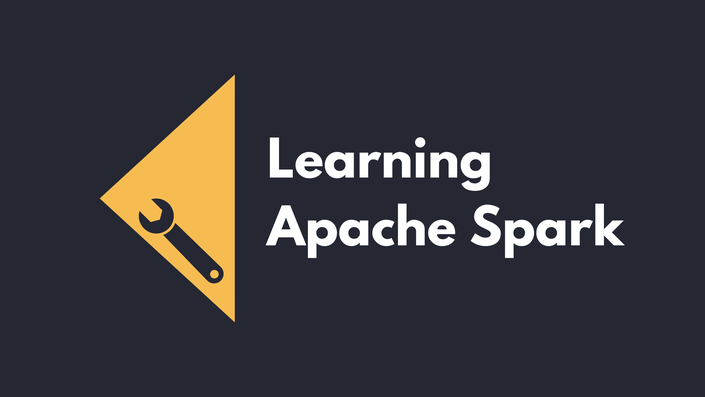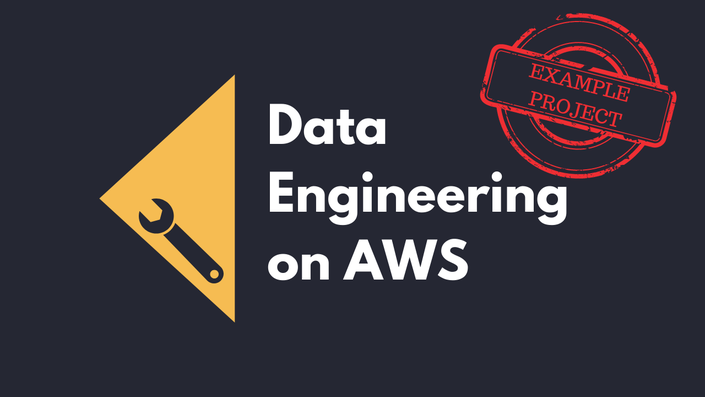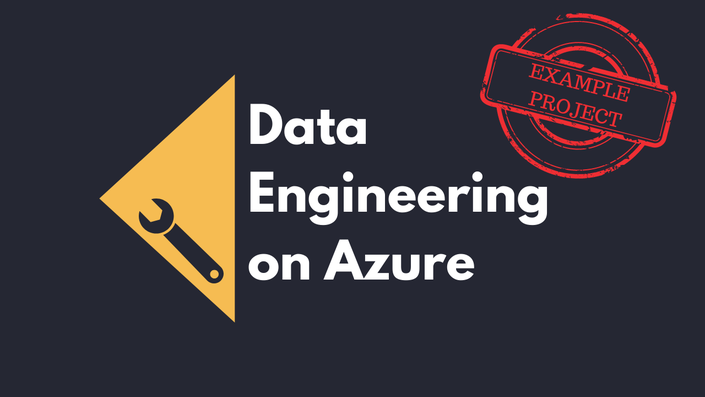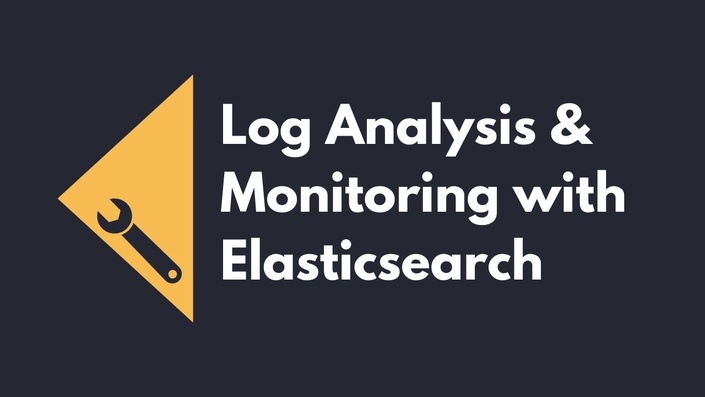As a data scientist, you know how to build models and analyze data, but can you deploy and manage them at scale? Many data scientists struggle with bringing their models into production, leading to bottlenecks and delays. This 14-week roadmap, with a time commitment of 5–10 hours per week, will help you move beyond notebooks and build production-ready ML pipelines, handle large-scale data, and automate workflows—so you can deploy models independently and work more efficiently.
Why This Roadmap is for You
✅ You want to move beyond Jupyter notebooks and deploy real-world ML solutions
✅ You need hands-on experience with cloud platforms, automation, and scalable pipelines
✅ You want to process large datasets and handle real-time data streams
✅ You aim to become more self-sufficient and work on end-to-end ML workflows
With these skills, you'll stand out as a more versatile, production-ready data scientist who can not only build models but deploy and maintain them like an engineer.
What You’ll Achieve in This Roadmap
This structured learning path will help you gain essential data engineering skills for machine learning—including cloud deployment, big data processing, automation, and monitoring. These key skills will allow you to bridge the gap between data science and engineering, making you a more versatile and independent data scientist.
Goal #1: Build an End-to-End ML Pipeline on AWS
Deploying machine learning solutions isn’t just about writing code—it’s about handling data at scale. AWS is the most widely used cloud platform, making it the best place to learn how to build and deploy ML pipelines. You’ll work on an ETL pipeline that extracts, transforms, and loads data for machine learning models, giving you hands-on experience with cloud-based ML workflows.
Goal #2: Add CI/CD & Containerization to Your Platform
To deploy and manage models efficiently, you need Docker and CI/CD pipelines. You'll learn how to containerize ML models and automate deployment on the cloud. This way you ensure your work is scalable, reproducible, and production-ready.
Goal #3: Implement the Lakehouse Architecture in AWS
A Lakehouse combines the cost-efficiency of a Data Lake with the performance of a Data Warehouse. This makes it ideal for machine learning workflows, allowing you to store raw and processed data in an efficient and scalable way. You’ll learn how to implement a Lakehouse architecture for seamless ML data access.
Goal #4: Orchestrate Your Pipelines with Airflow
Machine learning isn’t just about one-off scripts. It's about building repeatable, automated workflows. Apache Airflow allows you to schedule, monitor, and automate your ML and data pipelines, ensuring everything runs smoothly from data ingestion to model inference.
Goal #5: Process Big Data with Apache Spark & Streaming
ML models often require processing large datasets, which can be slow and inefficient using standard tools. Apache Spark enables distributed computing, allowing you to handle large-scale data efficiently. Additionally, real-time streaming is becoming essential as data increasingly arrives continuously rather than in batches. These skills will help you work with big data and real-time analytics.
Goal #6: Analyze Your ML Training Logs with Elasticsearch
Monitoring machine learning models is critical for performance and debugging. Elasticsearch allows you to collect, search, and visualize training logs, providing insights into model performance, errors, and system behavior. With this tool, you can build centralized dashboards and set up alerts, ensuring that your models are running smoothly in production.

In 14 Weeks to Success - Step by Step
(time commitment: 5–10 hours per week)
- Introduction
- Week 1: Platform & Pipeline Design
- Week 2: Docker Fundamentals
- Week 3: Relational Data Modeling
- Week 4: Working & Designing APIs
- Week 5 & 6: ML and Containerization on AWS
- Week 7: ETL & CI/CD on AWS
- Week 8: Building a Lakehouse on AWS or GCP
- Week 9: Orchestrate Your Processes with Airflow
- Week 10: Pre-Process Data With Apache Spark
- Week 11-13: Build a Streaming Pipeline on AWS, Azure or GCP
- Week 14: Write & Analyze Training Logs With Elasticsearch
- What's next:

